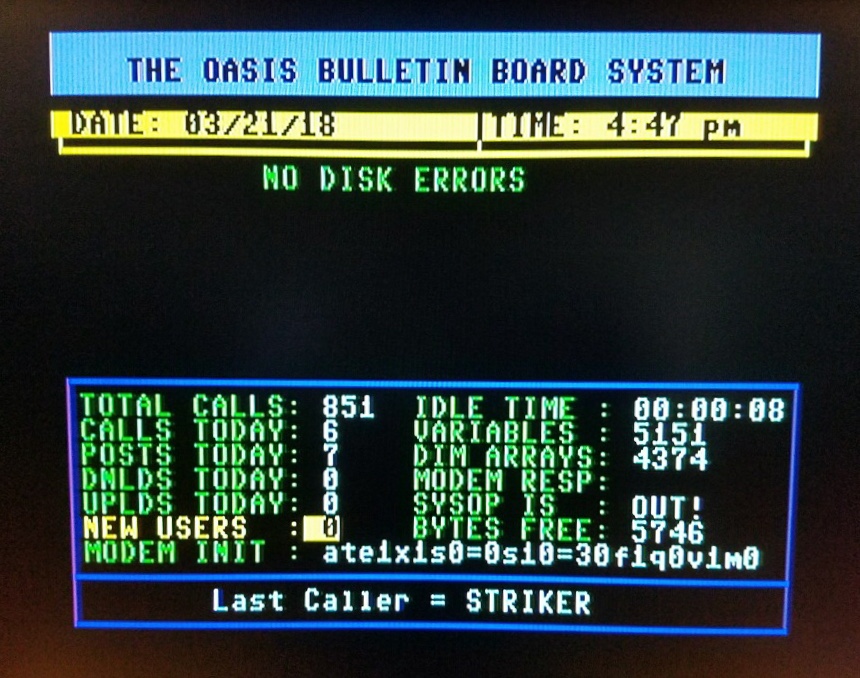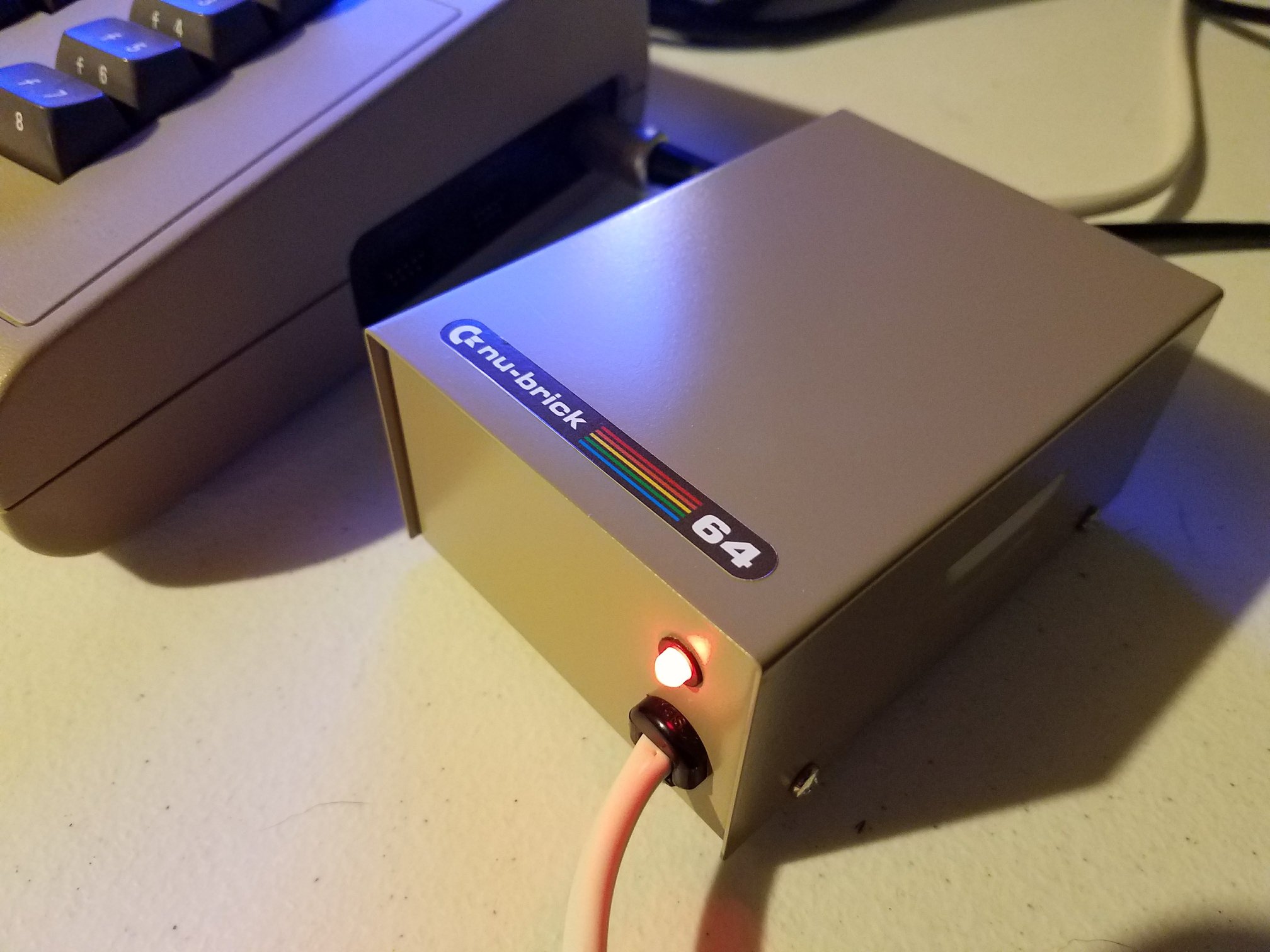Chris Edwards Restoration presents a major upgrade for Amiga users, and the highlight is PiStorm Unified Output. The new Framethrower adapter routes RGB and RTG through one HDMI port. As a result, PiStorm 500 and 2000 systems gain a simpler setup with fewer cables.
Chris begins with an Amiga 500 Plus paired with a Pi 3B Plus. Since viewers often need clear steps, he shows the Denise socket adapter, the ribbon cable, and the quick Emu68 edits. Each step builds toward activating PiStorm Unified Output, and the pace stays smooth from start to finish.
Once powered on, the improved HDMI feed appears instantly. Because everything flows through a single port, Workbench and RTG modes switch cleanly. The feature runs without tearing, and the Amiga responds as expected. With PiStorm Unified Output active, the system stays steady and direct.
Next, Chris tests scanline firmware. He connects a USB C cable, taps the button on the Framethrower, and switches display modes in seconds. Soon afterward, he flashes the non scanline version and shows a brighter picture. Since both firmware options load easily, users can choose the style that suits them.
During the process, Chris explains important differences between Raspberry Pi models. For example, the Zero 2W lacks the needed camera connector. Therefore, a Pi with the correct port is required for the Framethrower. He also notes that AGA support is planned, and HDMI audio is under development. Because Archi-Tech built the adapter with care, pricing remains low and availability strong.
By the end of the episode, the benefits stand out clearly. The Framethrower reduces clutter, and it removes the need for extra hardware. Moreover, configuration takes very little time, especially when using Emu68’s organized workflow. Anyone upgrading an Amiga 500 or 2000 should consider this feature, since it improves daily use and keeps setups compact.







